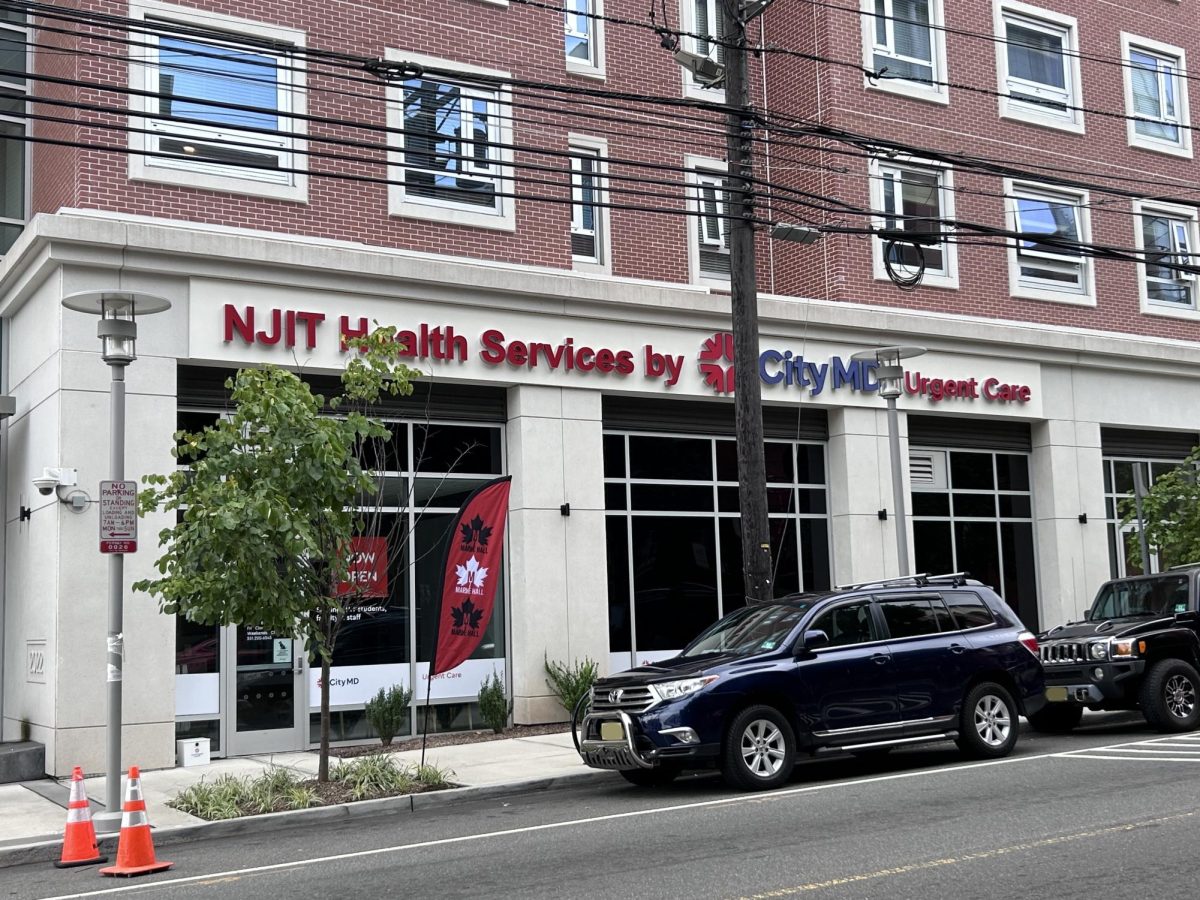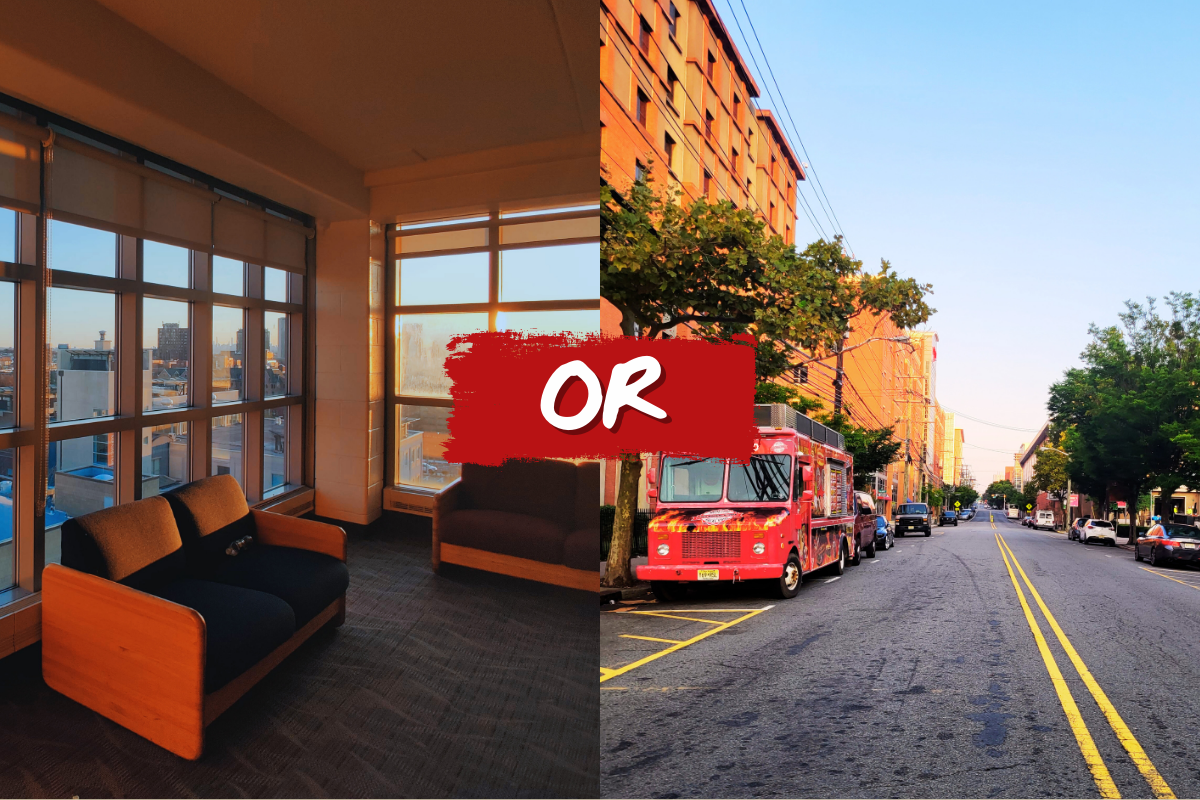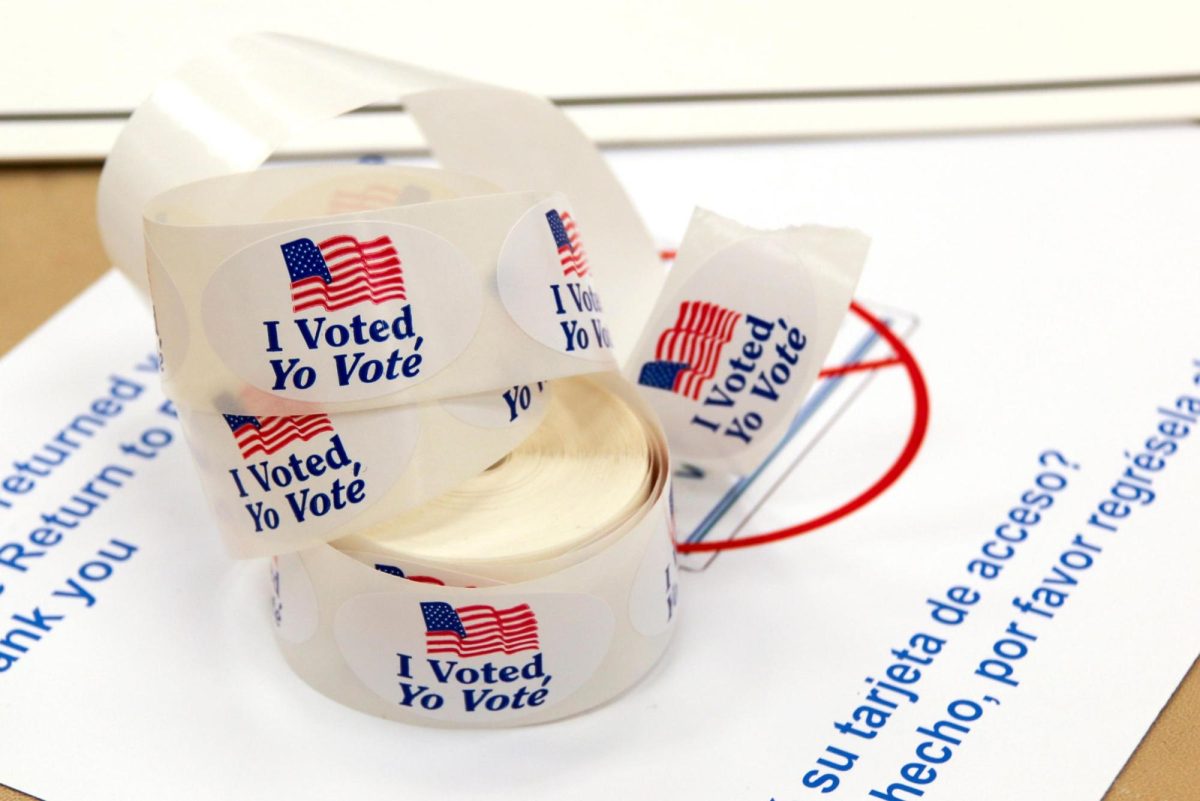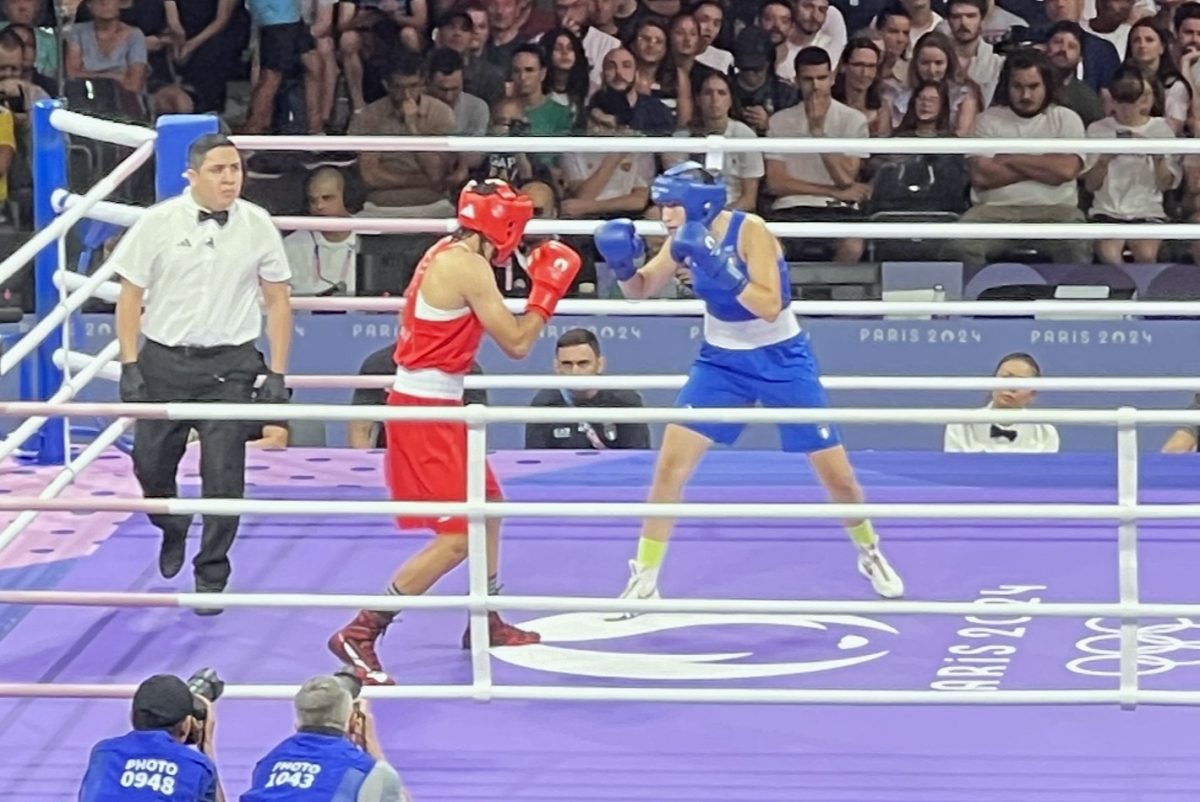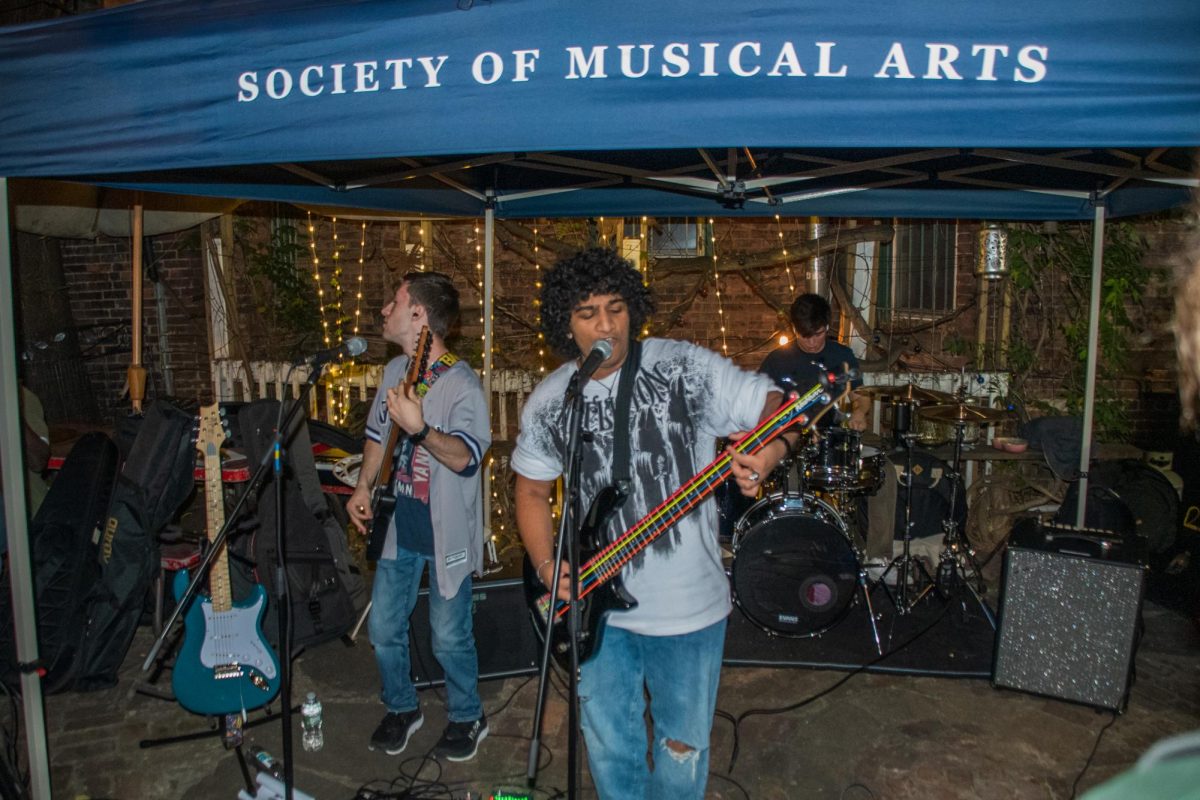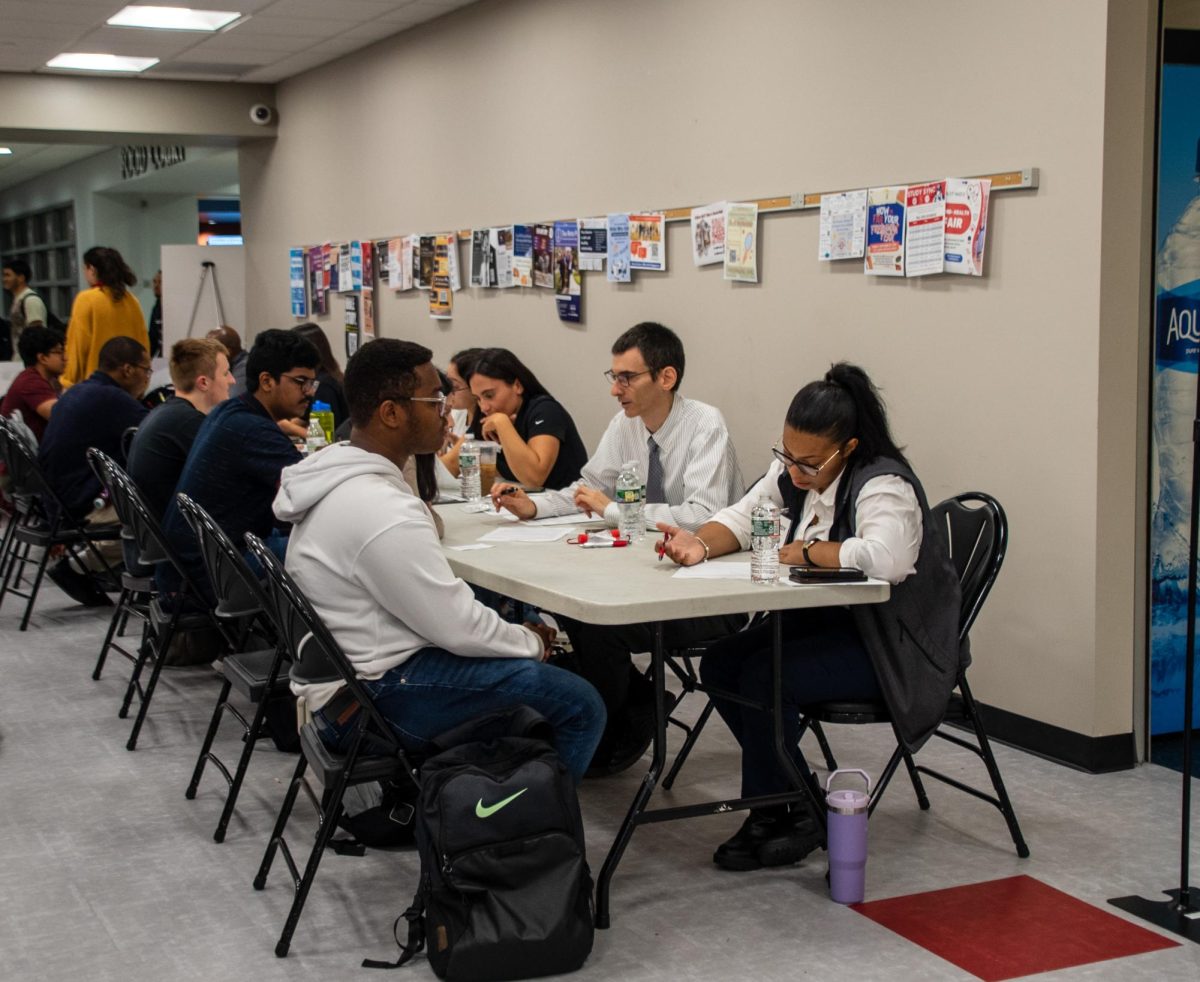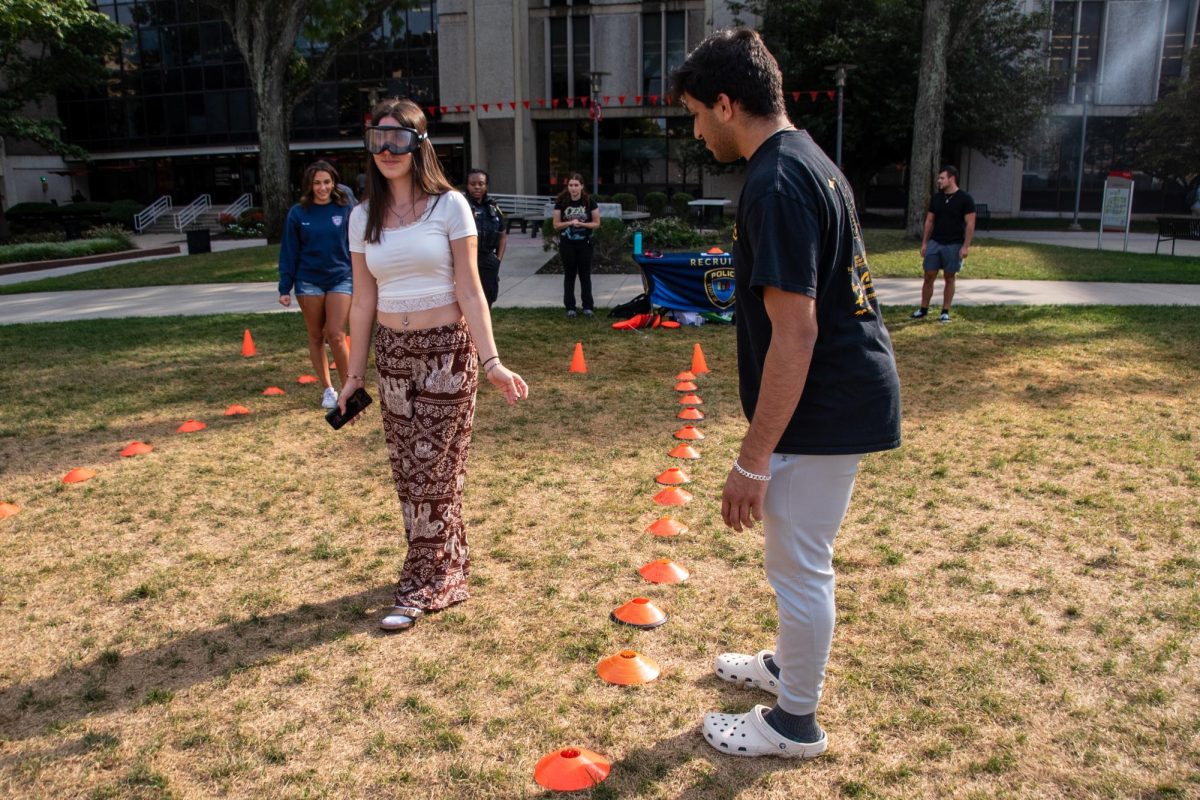The City of Lights lit up with candles, lanterns and prayers of peace as Paris mourned on November 13th on the anniversary of the most brutal attack since the World War II. Families had not expected to be jolted awake in the middle of the night to news of their loved ones being attacked in the concert of the US rock band Eagles of Death Metal. The concert was at Bataclan, where midway ISIS-linked gunmen open fired and detonated suicide vests, killing 90 people in the last of several coordinated attacks set off throughout the city. The attacks occurred at nearly the same time, the first strike being at Stade de France and the second at random cafes and bars in the hip 10th and 11th Arrondissements. There were about 20 minutes between the first and the third strike.
The whole country had been silently mourning the 130 slain on Sunday, with the first flowers in the late Sunday morning at the Place de la République, which became the center of the city’s mourning and expressions of national unity after the attacks.
Paris Mayor Anne Hidalgo joined President Francois Hollande at seven sites where crowds ate, drank or reveled in music at the Bataclan concert hall.
The Bataclan concert hall reopened on Saturday, 12th November, 2015 with the British pop star Sting. Jesse Holmes of Eagles of Death Metal paid homage to the dead on Sunday with the grieving families and friends at the Bataclan concert hall. The 90 people that died at Bataclan had the youngest (17-year-old) and the oldest (68-year-old) person that was killed in the attack.
The attack was a wake-up call for France and Europe with more than 400 rounds fired within 10 minutes at the restaurants on 10th and 11th Arrondissements. They followed the January 2015 newsroom massacre at the satiric newspaper Charlie Hebdo in Paris and a Kosher grocery store that left 17 dead. But the complex planning behind the Nov. 13 attacks and the high number of deaths revealed a degree of French vulnerability not previously suspected by authorities.
Neighboring Belgium, the starting point of the attacks in Paris, was hit a few months later on March 22 with attacks on its airport and a metro station that killed 32 people.
France declared a state of emergency after the Nov. 13 attacks. It is still in effect, and Prime Minister Manuel Valls told the BBC that it would likely be extended. Still, that failed to prevent the killing of a police couple in their home last June, The July 14 Bastille Day truck attack in Nice that killed 86 revelers and the slaying of a priest at the altar of his Normandy church in July.
Valls warned earlier this weekend that, “Yes, terrorism will strike us again.” But, he contended, “We have all the resources to resist and all the strength to win.”





